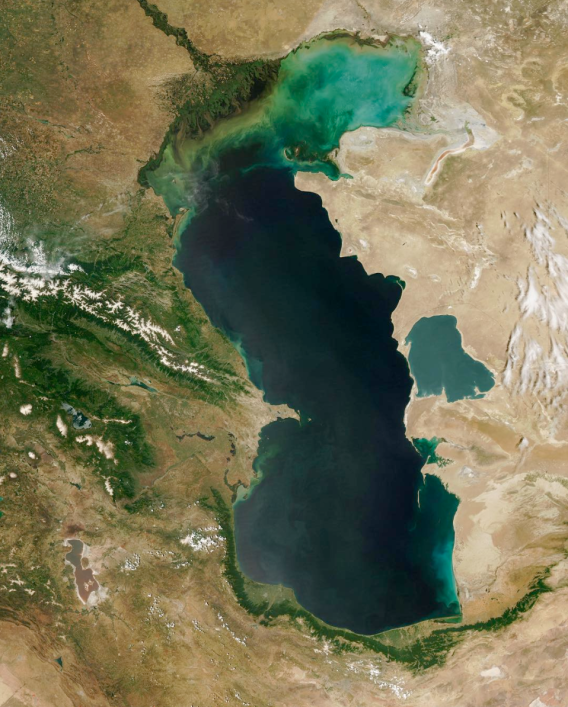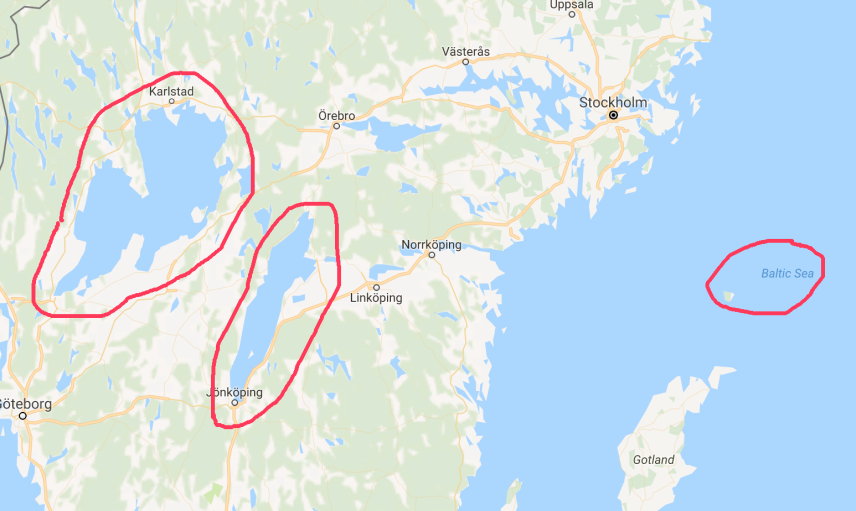
If you follow me on twitter or instagram you’ll already know about my social media campaign #actuallyasea
Basically, we call Lake Ontario a lake, but I think doing so is an injustice to this massive, powerful, majestic body of water. As I’ve written over at Spacing Toronto, Lake Ontario is actually a sea. The way we talk about things says a lot about our relationship to them, and calling a body of water a lake serves to domesticate it, and dominate it.
A lake is something knowable and safe. Calm waters that you dip your feet in at the cottage.
A sea is a more appropriate word for what Lake Ontario is, and by calling it a sea, we can elevate the status of the waters in our minds and understanding Toronto as “a city by the sea”. We often call the Great Lakes, collectively, “inland seas”, but rarely give them the sea treatment individually. My campaign has mostly focused on Toronto because Lake Ontario is the sea I know best, and the campaign has to start somewhere!
Since writing that post on Spacing, the campaign has really taken off. Many friends and strangers have begun to tweet and instagram using the tag, and a growing body of photos and other documentation is charting the potential of understanding Lake Ontario as the Sea of Ontario (or Ontario Sea, if that floats your boat).

An example of Instagram posts tagged #actuallyasea. Thank you to @theholygasp, @lindsayzv, @sammytangir, @am__eh and @studiojaywall for your contributions!
I’ve also been gathering more evidence to make the case that Lake Ontario is #actuallyasea, and am excited to provide an update on the campaign:
i. Indigenous perspective
In the original Spacing article, I failed to acknowledge Toronto’s First Nations history and their relationship to these massive bodies of water. As a white-settler geographer, it is my responsibility to recognize and centre First Nations histories, and I apologize for this oversight.
In no way can I speak for the Wendat, Haudenosaunee, or Anishinaabe cultural view points, but many online resources have compiled interpretations of the Great Lakes from a First Nations perspective.
A resource I often use is the Decolonial Atlas. The blog has an entry called The Great Lakes in Ojibwe that shares the Anishinaabemowin (Ojibwe) names for the Great Lakes, as it “is the most-spoken indigenous language in the Great Lakes basin.”
The Great Lakes are known as Nayaano-nibimaang Gichigamiin, or, the Five Freshwater Seas. Lake Ontario is known in Anishinaabemowin as Niigaani-gichigami, or the Leading Sea.
I have also heard Gichigami translated as “big water”, “large sweet water”, but what matters is the languages’ distinction between bigger and smaller bodies of water.
Of course, there are many, many cultures and nations today and historically that lived in the Toronto and Great Lakes region, and Anishinaabemowin does not represent all these perspectives. I am striving to understand more about Toronto’s First Nations history and support (not co-opt) the voices of others, so please let me know if I have made any mistakes or oversights.
ii. The Caspian “Sea”

One of the most contentious parts of the #actuallyasea campaign is that people can’t accept that there is no technical definition of a sea. As I mention in the post, the term sea is more cultural than scientific, and there is no hard and fast definition of lake vs sea. Despite that, most people are inclined to say “Lakes are freshwater, seas are salt water”, and dismiss the entire campaign as fanciful whimsy.
In the Spacing article, I cite the Sea of Galillee as the primary definition-jammer. Known as a sea, it’s technically a lake, and is a fraction of the size of Lake Ontario. Its sea-status makes this biblical body of water worthy of its myth and power.
I always knew that the Caspian Sea was also a potential definition-jammer, but I only recently confirmed that the large body of water between Europe and Asia is (according to Wikipedia) “variously classed” as the “world’s largest lake” of a “full fledged sea”. The Caspian Lake is #actuallyasea as much as the Great Lakes are! Though its salt water, it is a distinct body of water separate from the ocean, and thus could be interpreted as a lake. How confusing! Exactly! According to the fantastic instagram account, AMapADay, “the ancient inhabitants of its coast perceived the Caspian Sea as an ocean, probably because of its saltiness and large size”.
If Lake Caspian is #actuallyasea, and has been known as such for millennia, well then, it’s about time we call Lake Ontario the Sea of Ontario.
iii. The Swedish sjö
One of the things that really jumpstarted the #actuallyasea campaign was when I was showing a friend from Sweden around Toronto, and she kept referring to Lake Ontario as a sea. As I write in the Spacing article, “In Swedish, sjö refers to both lakes and seas, so she wasn’t technically wrong”.
As you may know, I’m currently living in Malmö, Sweden for the next five months – and it was only a matter of time I confirmed this confusion of terms.

Vänern and Vättern, the Swedish sjös, and the Baltic Sea to the east
And yes, sjö does refer to both lakes and seas. Specifically, it refers to the two large bodies of water in southern Sweden surrounded by land, but is also the term used to describe the Baltic Sea. (It also turns out that sjö is pronounced completely differently than I had initially thought. Instead of syo, it’s more like hweh – how bout that.)
For some context, Vänern, one of the Swedish sjös is 5650 square kilomtres, and Lake Ontario is 19000 square kilomtres. Lake Ontario is most definitely #ActuallyaSjö
___
Those are the updates for now – in the mean time, check back on the campaign as it continues to grow on social media, and contribute your own photos of how Lake Ontario is a sea by tagging #actuallyasea!

